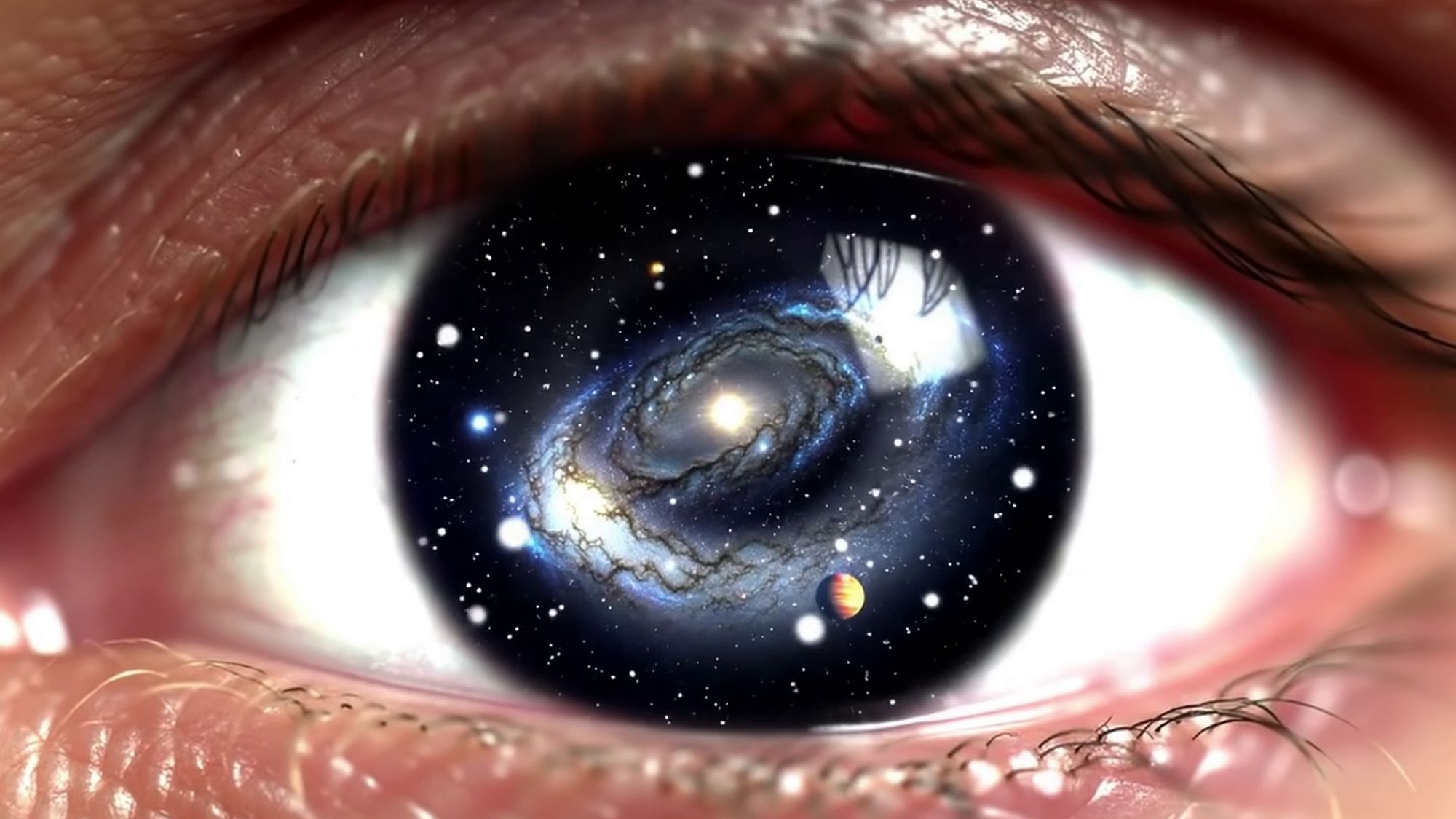
It’s been 74 years since the first widely publicized UFO encounter of Kenneth Arnold in 1947, who coined the term “flying saucer” when he saw nine objects skipping along the sky from his plane. Since then there have been tens of thousands reported unidentified flying objects in the Earth’s skies, some of them even similar in shape to Arnold’s sighting.
Countless theories about the origin and purpose of these phenomena exist. UFOs were a subject of public interest and regularly reported in the media until the end of the 1960’s .


After the moon landing, skeptical scientists who questioned the alien origin of Flying Saucers won the scientific debate, relegating believers of the extraterrestrial hypothesis to fringe status.
This pretty much ended serious mainstream media coverage of UFOs.
THE SAGAN STANDARD
The mantra became that ‘extraordinary claims require extraordinary evidence’, a phrase known as ‘The Sagan Standard’.
To find extraordinary evidence for the existence of technologically intelligent aliens, lacking suitable specimens for testing, Sagan proposed instead to search for their signals in the sky with radio telescopes.

This concept he illustrated in his movie “Contact”, which had its premiere in 1997.
Two years after the premiere of “Contact” the University of Berkeley made it possible for anyone with a computer to join in the search for alien signals, when they launched the seti@home screensaver.

165000 people seized the opportunity to find ET on their computer, taking part in the largest participatory computing project in history. I was one of the first to sign up, on the 16th of May 1999. Sadly, seti@home stopped processing new data on March 31 2020. No announcement had been made whether or not it had been successful in its mission: to find radio evidence for extraterrestrial life.
PENTAGON ACKNOWLEDGES “UAPs”
The next month, on the 27th of April 2020, 73 years after the first widely documented flying saucer sighting, the Pentagon publicly acknowledged the existence of UFOs, supplying pilots testimony, audio- and video recordings.

By now the UFO phenomenon had been so thoroughly discredited that skeptics quickly began questioning the Pentagon’s UFO/UAP material.
However, the material didn’t just consist of fuzzy camera footage, but also recorded radar tracks and simultaneous sightings by pilots and aircraft carrier personnel.
In any UFO/UAP sighting, camera images are corroborative evidence of the witness testimony. Very often the quality of the camera can not capture what the witnesses have perceived.
The Contact Initiative uses a wide variety of methods to verify UFO/UAP. First we have the human observer, who may be able to capture the UFO image in low-res with his smartphone camera.
Then the location of his sighting is forwarded to a number of search partners in his neighborhood. They will try to capture the UFO with HD telescopes, cameras and radar, as well as listening with RF scanners to incoming radio waves from the object.

The more data about a UFO/UAP sighting exists, in as wide a range of frequencies as possible, the easier it is to verify the sighting as genuine. And if that wasn’t enough, HAM radio amateurs will try to hail the sighting.
The Contact Initiative does not rely on images. Having the UFO Alert! app is like carrying the resources of an airplane carrier in your pocket.
Best, Eric, founder,
https://contactproject.org
